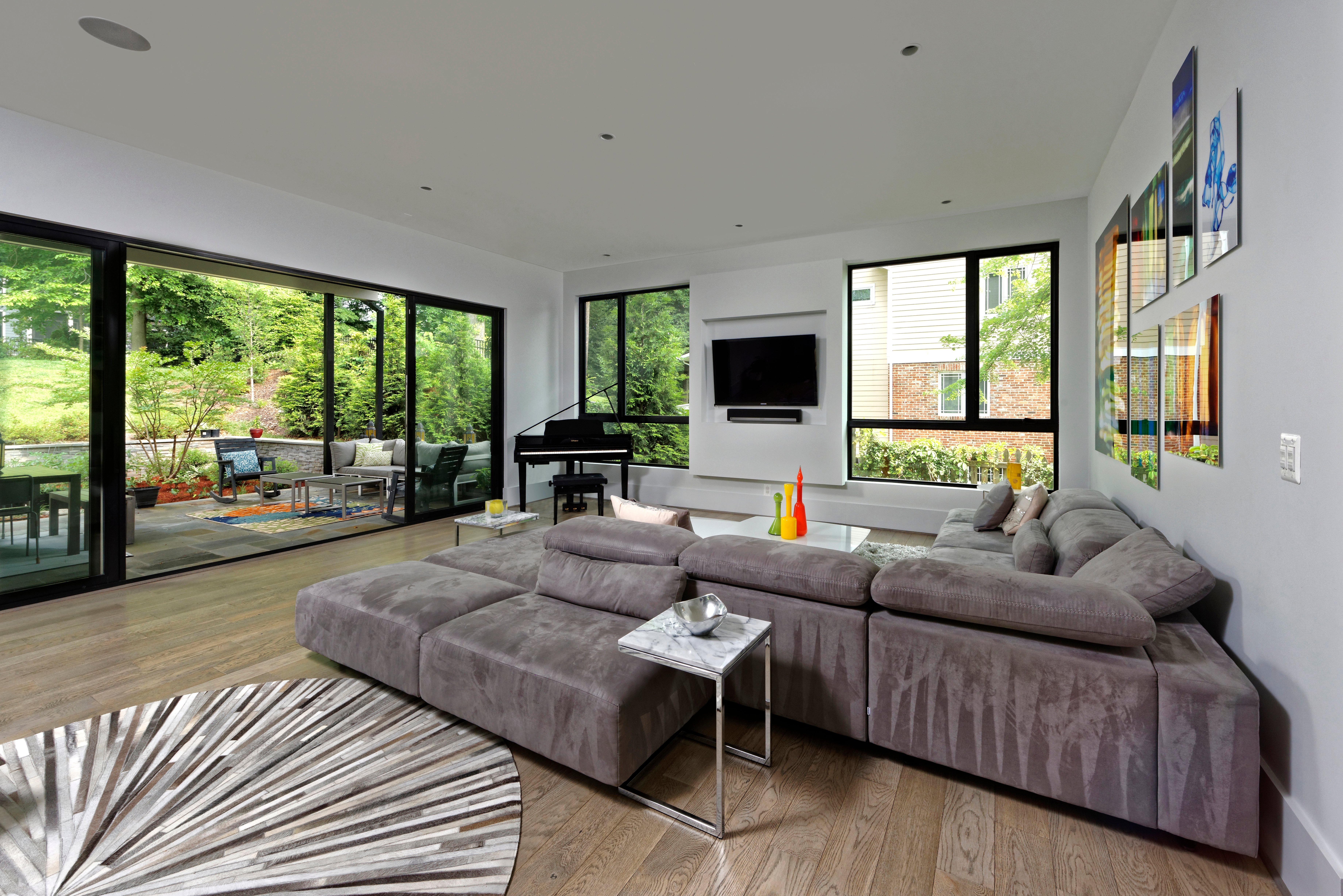Connect

In the home automation industry, we are seeing a number of interesting trends that are capitalizing on the new technology available. In the past 5-10 years, there has been an increase in home purchasing and building by Gen X and Millennial homeowners, who are less interested in a bigger house than they are in maximizing the amenities in their dream size home. In other words, they are investing in higher quality and value per square foot of home. So, what are they looking for? They want smart homes. This demand has driven innovation in the technology and design of home automation. Here’s what you need to know.
For home automation, integration is key. Often, people think of a connected home as a structure where the sound, light switches, door lock, thermostat and alarm are controlled by some automated system, electronically and remotely, even if each of these systems is controlled individually. The home automation industry expects and offers more: installation and improvement of these home systems includes finding solutions to make as many of them work together as possible. According to Naveed Kaymanesh, Chief Technical Officer of Sight and Sound Systems, “The idea of integration is to make the home experience flow from the moment you get home.” Here are some examples:
A lighted path. A home can be automated so that the door is opened by a code that does more than unlock the door. Each household member can receive a personal code and using the code on the door pad or integrated phone app triggers the lighting system to turn on lights leading to the individual’s bedroom.
Ready for cooking. A control pad located in the garage can be used by a homeowner returning in the evening and parking after a long day of work. One button can light up the kitchen and turn the sound system on to the homeowner’s favorite Pandora station.
In both of these examples, the integration of the different automated systems produces a personalized experience that is unique to the homeowner’s preferences.
Smart homes are getting controlled by a variety of methods. Simple keypads, voice commands, phone apps or remotes. Voice is the biggest trend. The advent of Amazon Echo® and Google Home® and other voice controlled systems has revolutionized home automation. While you can’t yet walk into a room and saying “turn on CNN” to have the system turn on the television and find the correct station, people are trying to implement AI so that system understands commands at this level of sophistication. This means integrating voice with the TV system. According to Kaymanesh, “Currently, this would be a two-step process through existing technology, but we expect AI developments, and integration with TV systems to reach this capability soon.”
Home entertainment is an area with significant changes. People are moving away from cable and moving towards streaming which means that there’s a greater demand for smarter TVs and people aren’t getting cable boxes anymore. Streaming devices like Amazon Fire, Apple TV and Roku are being hooked up to televisions throughout the house, creating a need for a network strategy. Wi-Fi has enormous capacity, but it can reach its limits when multiple household members are streaming, online and using their phones all at the same time. In home automation, Kaymanesh strongly recommends strategic deployment of wired solutions like network outlets so that the Wi-Fi is reserved for phones, laptops and other devices that truly need to be wireless.
Sound in home entertainment has also seen some significant developments. Sonos® has changed how people listen to music in their home by allowing for wireless speakers in any location in the home. While new construction and remodeling continues to see a demand for a cleaner, sleeker look, by putting the sound system into the wall, Sonos sound systems can be embedded and wired but still offer the centralized and individual controls that have made the system so revolutionary. Speakers haven’t reached a point where they can be talked to, but they can be integrated with an Alexa or a Google Home that will take the verbal cues.
With the array of automated solutions out there, it can be tough to decide what to get, and how to integrate the systems. Please feel free to contact our preferred vendor, Sight and Sound Systems to set up a consultation for your home automation needs, and if you are considering a dream sized home, talk to us about building it in Northern Virginia.
Topics: